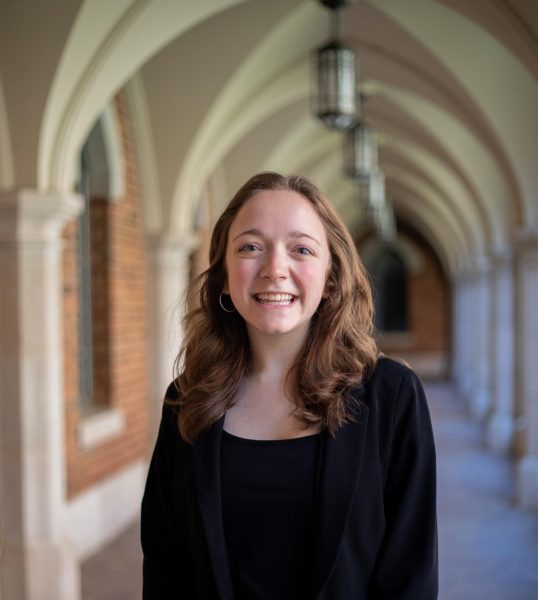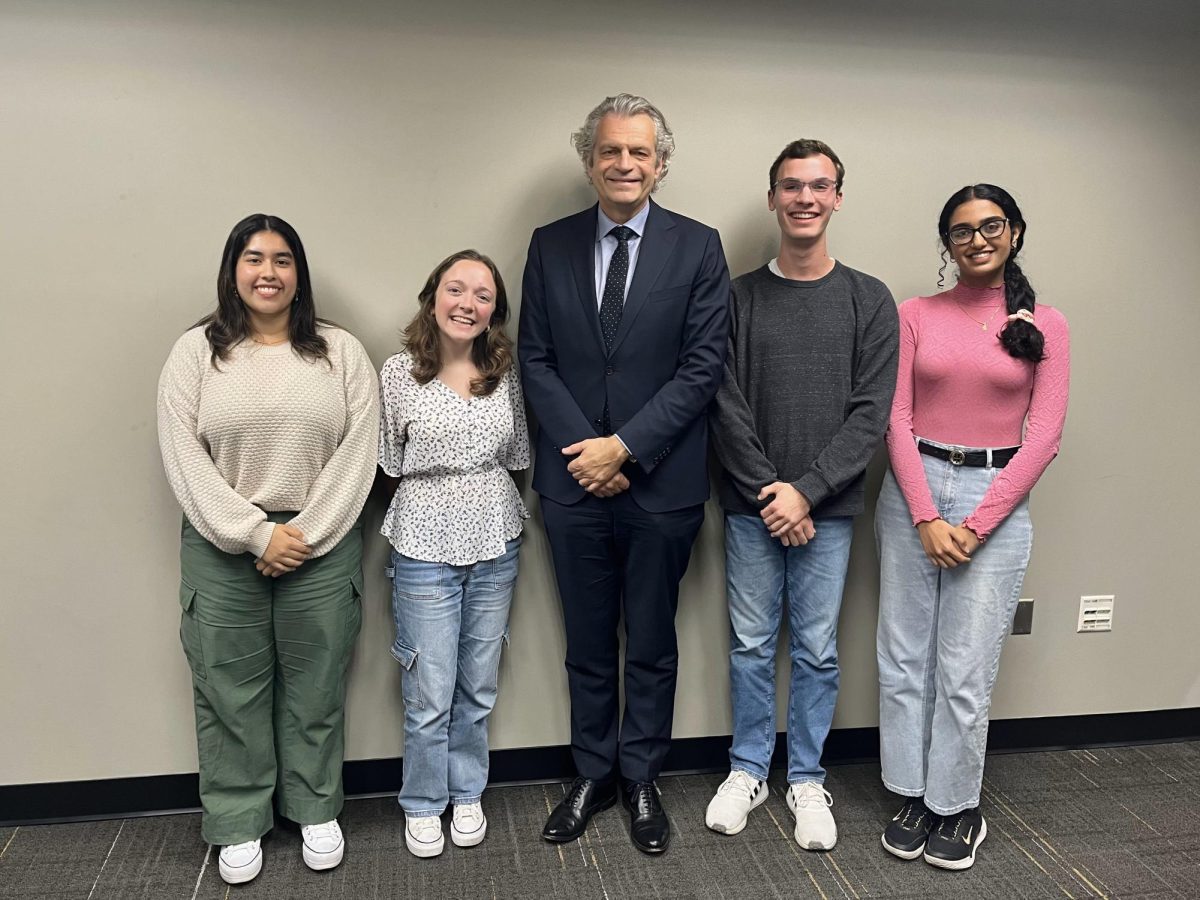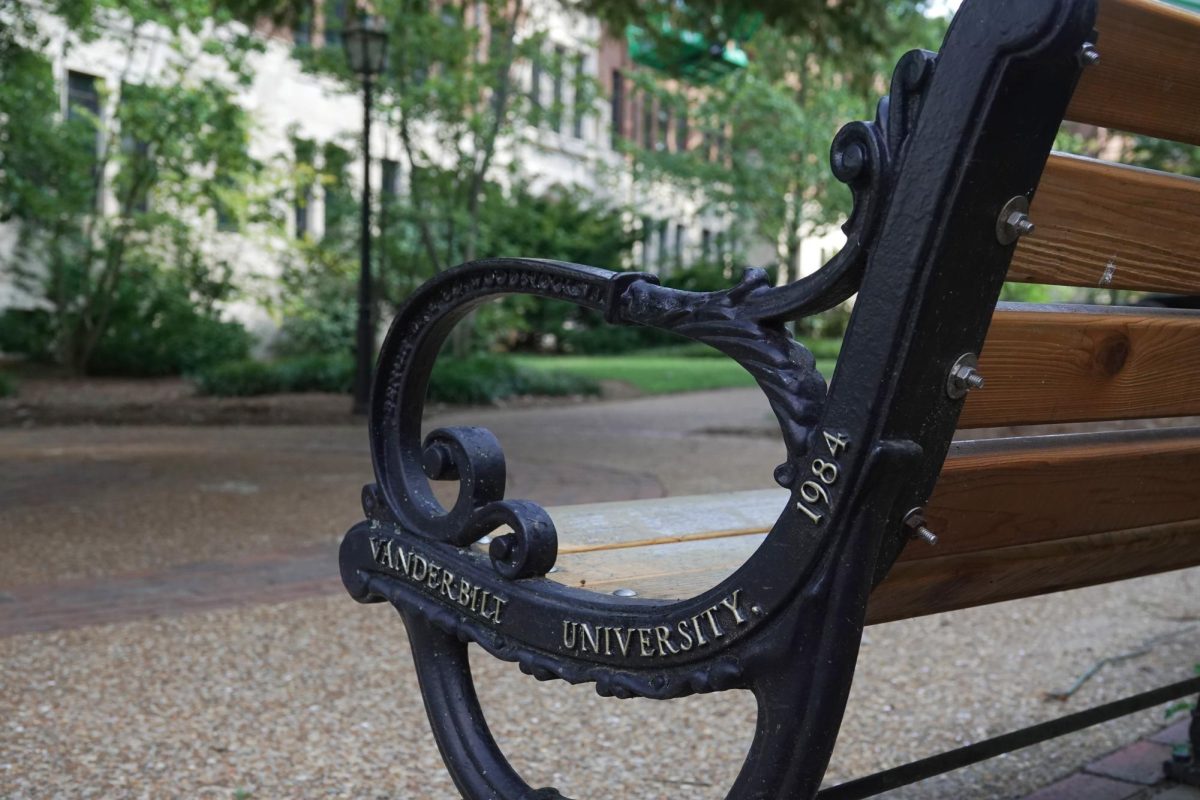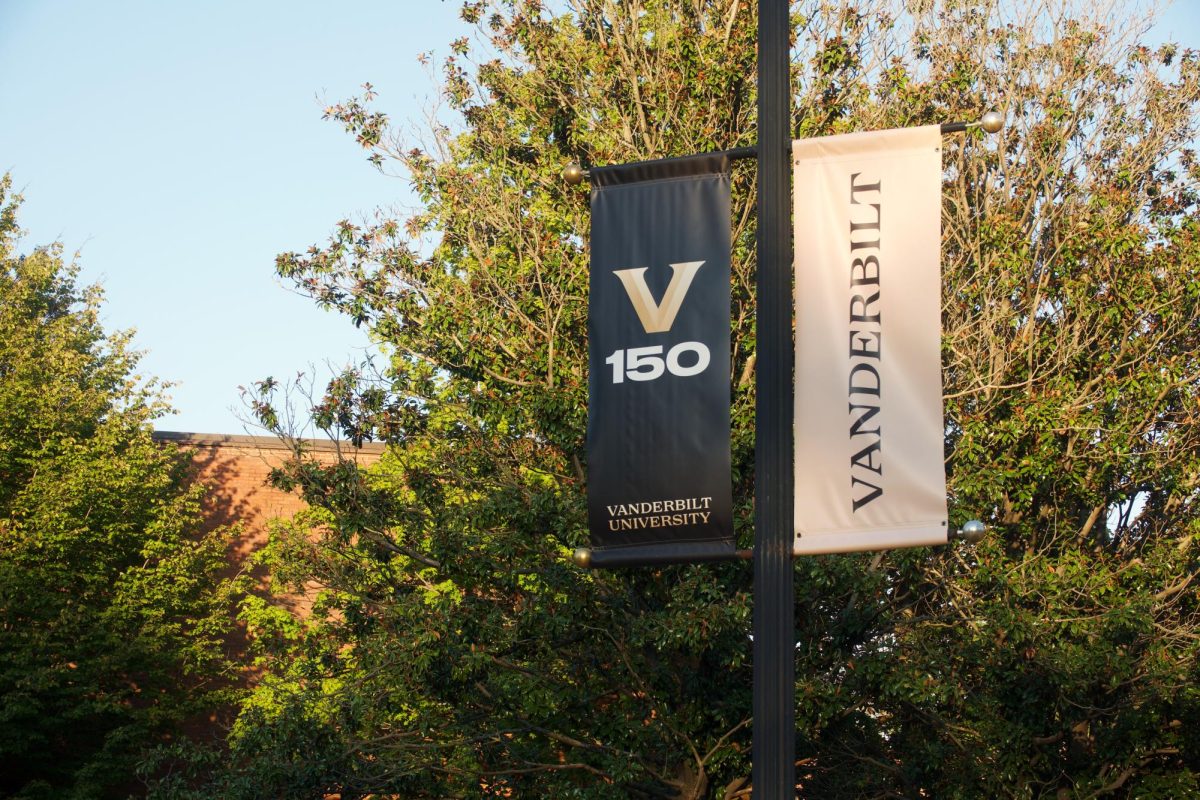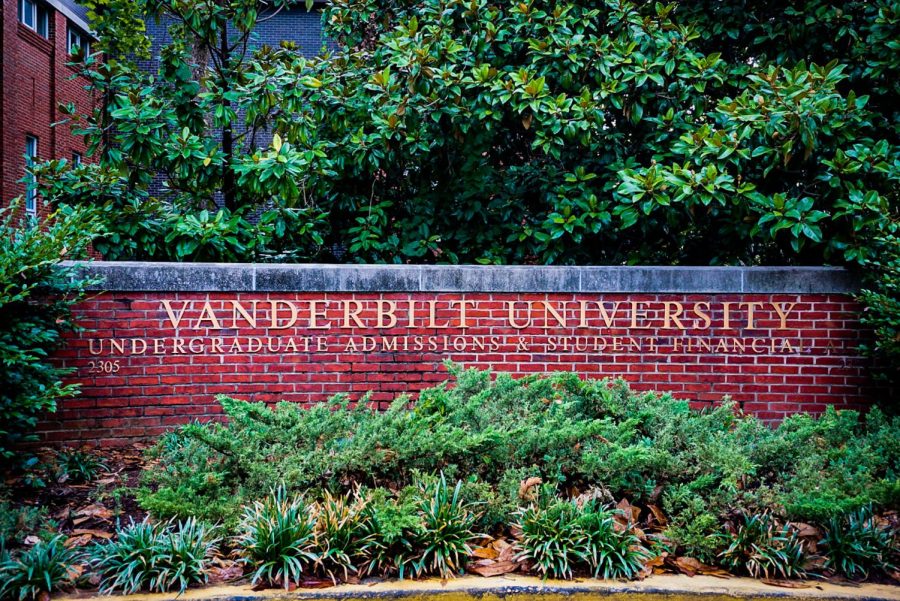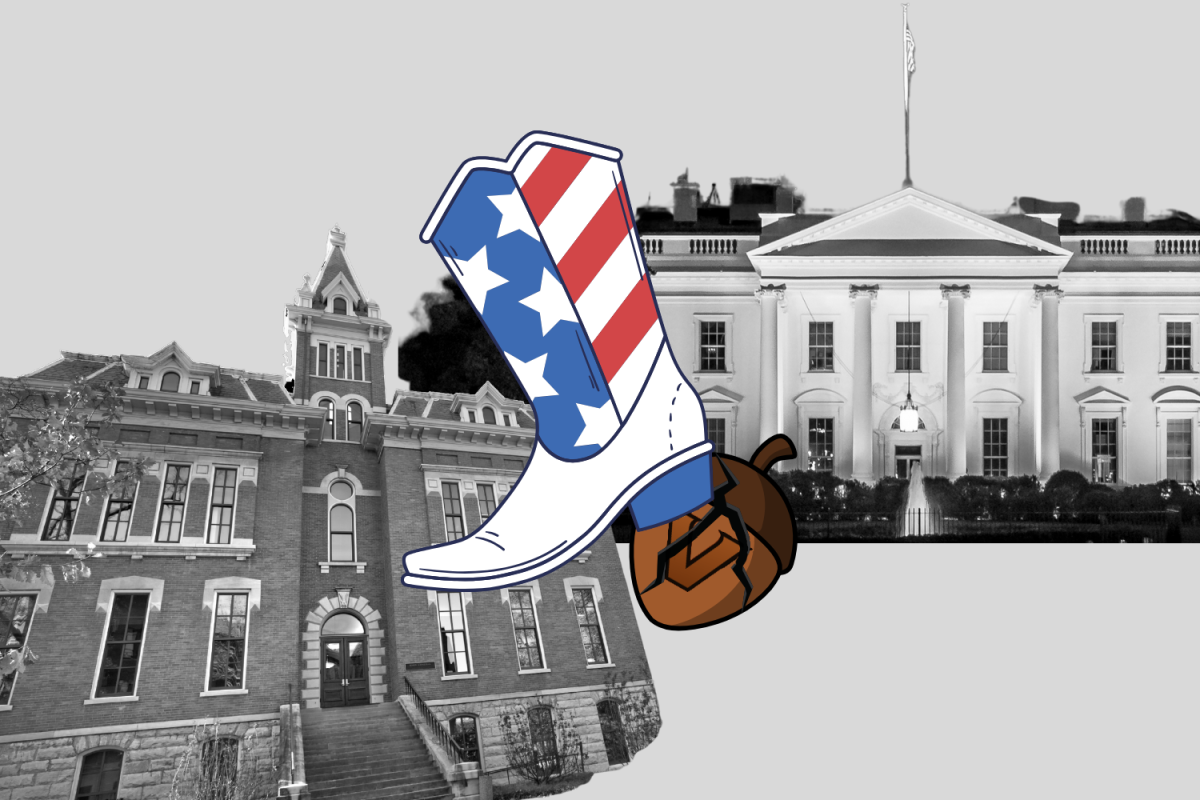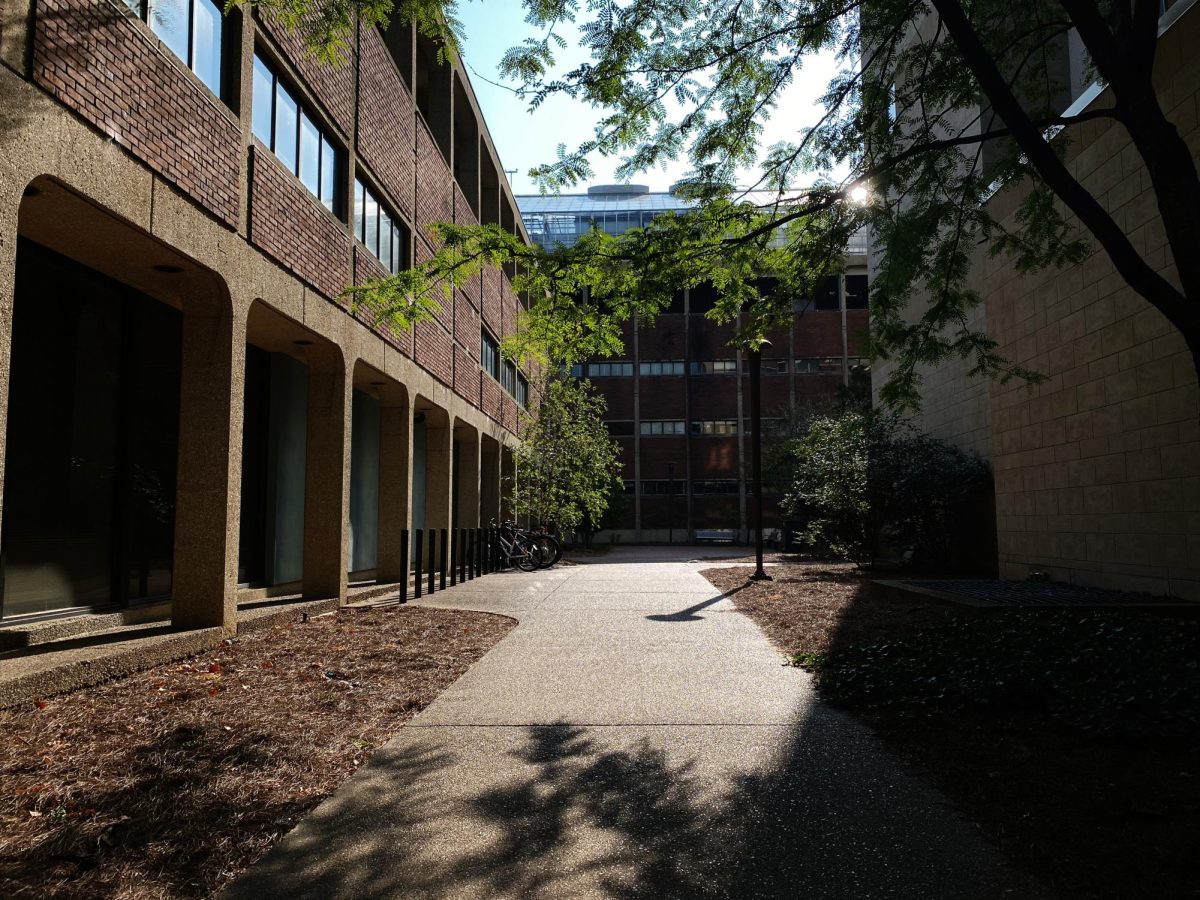Chancellor Daniel Diermeier and Provost and Vice Chancellor for Academic Affairs C. Cybele Raver sent an email to the Vanderbilt community on Feb. 26 at 6:12 p.m. CST in response to the Feb. 7 announcement by the National Institutes of Health to cut funding for “indirect costs.” Diermeier and Raver shared insight into the potential effects of these cuts and called for “improvements to the federal funding system.”
This decision by the NIH would cap reimbursement rates for facilities and administration costs at 15%. This action was temporarily blocked by a federal judge on Feb. 11, which was extended on Feb. 21 until a ruling on an injunction occurs. The university’s response to the funding cuts comes amidst potential changes to graduate program capacities, a lawsuit on which Raver is a declarant and VUMC’s decision to scrub its websites and social media of content relating to diversity, equity and inclusion.
In the email, Diermeier and Raver clarified that the cap on indirect costs would create an annual funding gap of $40-50 million, as well as an annual shortfall of about $140 million at VUMC. They also specified the programs that would be impacted by these changes, including pediatric clinical trials, infrastructure for the Vanderbilt-Ingram Cancer Center, imaging studies for lung cancer detection, developing treatments for Alzheimer’s disease and more.
Diermeier and Raver said the university invested $137 million during the last fiscal year to match half of what was funded by the federal government for research purposes. Despite the positive return reported in 2024, Diermeier and Raver explained that the endowment is not a pool of money to be drawn from “at will,” as it is largely composed of donor-directed gifts from parents and alumni.
“Even unrestricted portions of the endowment must be carefully managed to ensure long-term financial stability in accordance with state law — which, in Tennessee, limits annual endowment spending,” the email reads.
Diermeier and Raver labeled the federal funding system as “complex and cumbersome,” and he ended by calling for reforms that strengthen research institutions in the United States.
“Working with our teams in Nashville and Washington, D.C., and with other research universities, we are in ongoing conversation with decision-makers to illustrate the serious threat the NIH’s proposed cuts would pose,” the email reads. “America’s unparalleled research capacity, fueled by its unique partnership with universities, makes our nation stronger and improves lives. We must preserve it, even as we work to make it better.”
In her declaration filed on Feb. 10, Raver discussed the monetary value of NIH funding. According to Raver, Vanderbilt “receives substantial annual funding” from the NIH — totaling to $156 million in the 2024 fiscal year, including indirect costs of $43.8 million. This funding has increased since 2022, when $139 million in NIH funding was allocated to the university.
“At present, Vanderbilt is authorized to conduct a total of $599.6 million in research across 729 grants funded by NIH,” Raver’s declaration reads. “The funding Vanderbilt receives from NIH supports critical and cutting-edge medical research, which millions of Americans benefit from and depend on.”
Raver said she believes the cut of indirect costs rates would “end or seriously jeopardize” university research projects funded by the NIH.



